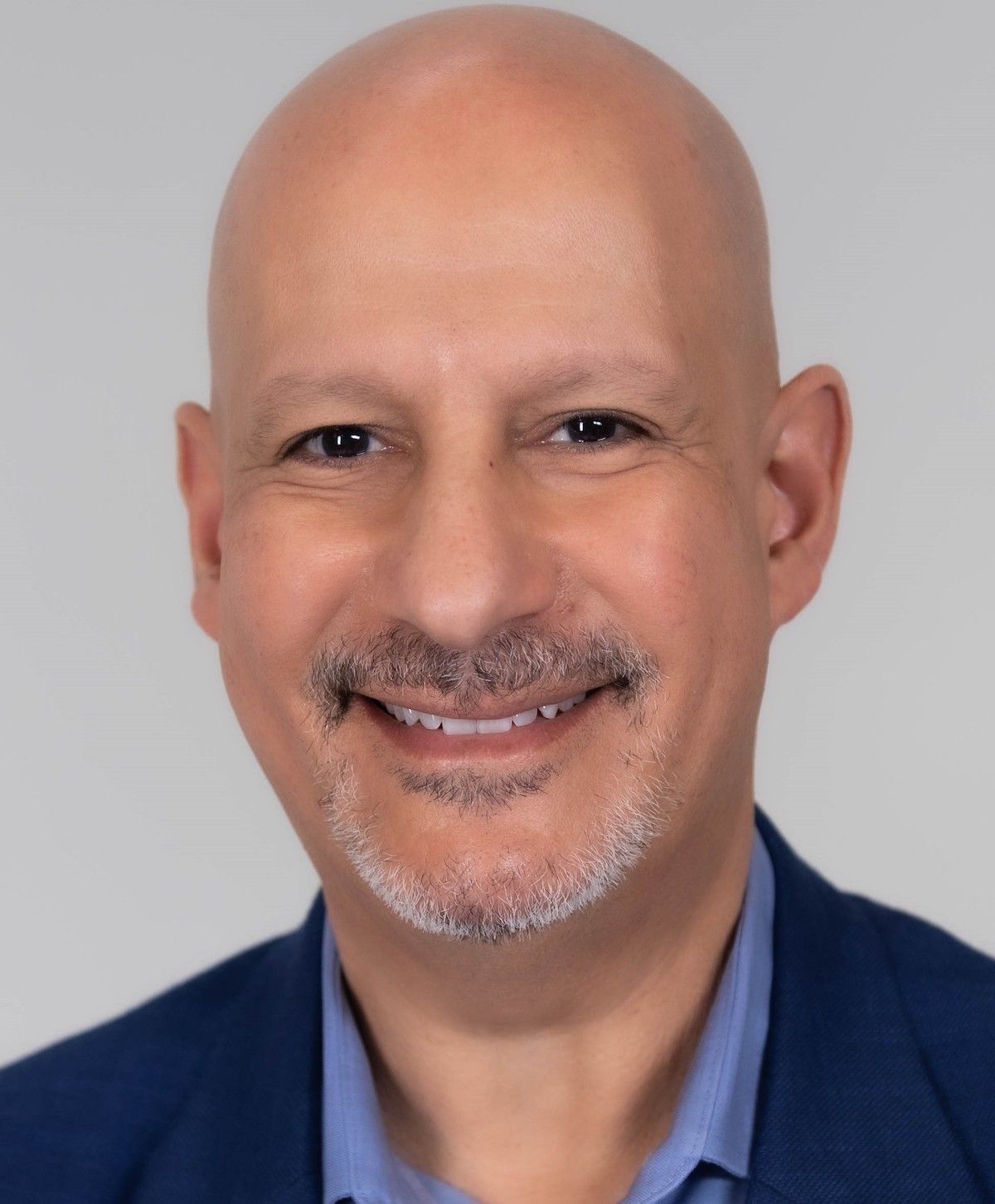Blog
Article
It’s time to change the prior authorization process used by the health care industry
Author(s):
Patients and physicians would benefit by replacing layers of administration with meaningful connections for care.
© joyfotoliakid - stock.adobe.com

After three decades of “mother-may-I medicine” within managed care, it is time to change the protocols used to approve care for medical necessity.
The precertification models worked well in the 1990s to create a period of deflation. Changes in those models combined with the removal of financial incentives in the contracts between providers and insurers have flipped the trends to what has been one of the fastest growing inflation areas within our economy for the last 20 years.
What is surprising is that much of the administrative effort for these medical necessity protocols are still utilized even though they produce minimal results and value.
In fact, this is an administrative “net expense” to our health care system.
Wally Gomaa
SimplePay Health

Primary care physicians and other providers have become very athletic and have developed sophisticated coding strategies that will pass through the filters of the insurance carriers to ensure care is approved and paid for by the insurers. The insurers who are required to perform these medical necessity programs for regulatory reasons pass these significant costs on through higher insurance premiums.
The overwhelming majority of care is approved through our system, but only after we have layered this non-value-added cost to providers and insurers. Care that is denied as a non-medical necessity on the first pass is often resubmitted with different codes and in the end receives approval, meaning even more administrative effort has been spent.
So what are we really achieving?
It is a requirement under insurance laws that care be deemed clinically appropriate to support the Employee Retirement Income Security Act fraud and abuse statutes that manage self-insured health plans and the fully insured regulations at the state level.
However, it is imperative that we shift our efforts away from “pre-certifying.” We would be better to focus our resources in proactively outreaching to complex care to “connect” patients with the best providers and programs that give them the greatest chance of getting better. These efforts would yield results that dwarf our impact today and lead to better overall outcomes. This was the vision of the health maintenance organization models of the 1990s, but we just lost our way with providers and insurers going to battle with the patient caught in the middle, often feeling like a victim.
The good news is there are new care management strategies that help identify patients early before they've established a relationship with a provider and help them navigate to those top performing providers. These models work and create real value and outcomes.
These models not only reduce the dramatic waste inefficiency within our health care system, but ultimately connect patients with the best providers who deliver the best clinical outcomes to extend the quantity and quality of people's lives.
As cofounder of SimplePay Health, Wally Gomaa is grateful to lead an organization that creates lasting transformation in the health care insurance industry. He has worked as a leader in health care companies including time as president of Great-West Healthcare, CEO of ACAP Health, and financial controller for a health system in the Houston Medical Center.
2 Commerce Drive
Cranbury, NJ 08512
All rights reserved.





